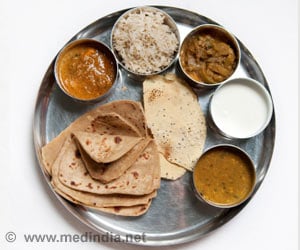India’s annual requirement of blood is about 13 million units, while the country manages to collect about 10 million.

‘In India, which has a population of over 1.3 billion, if only 5 million people could become voluntary and regular donors, the shortage would be taken care of.’





An average healthy person can donate four times a year, once every three months. One unit of donated blood can save up to three lives. The reasons for collected blood having to be discarded include deterioration during storage and expiry due to outdating. The largest chunk of the wasted units is plasma, which could be used for various life-saving treatments. A unit of blood (450 ml) can potentially save at least three lives, according to the World Health Organisation.
WHO estimates that blood donation by 1% of a country's population is generally sufficient to meet its basic requirements for safe blood.
Voluntary, unpaid blood donations have risen by 10.7 million in the period between 2008 to 2013. A total of 57 countries collect 100 percent of their blood supply from voluntary, unpaid blood donors.
Source-Medindia












